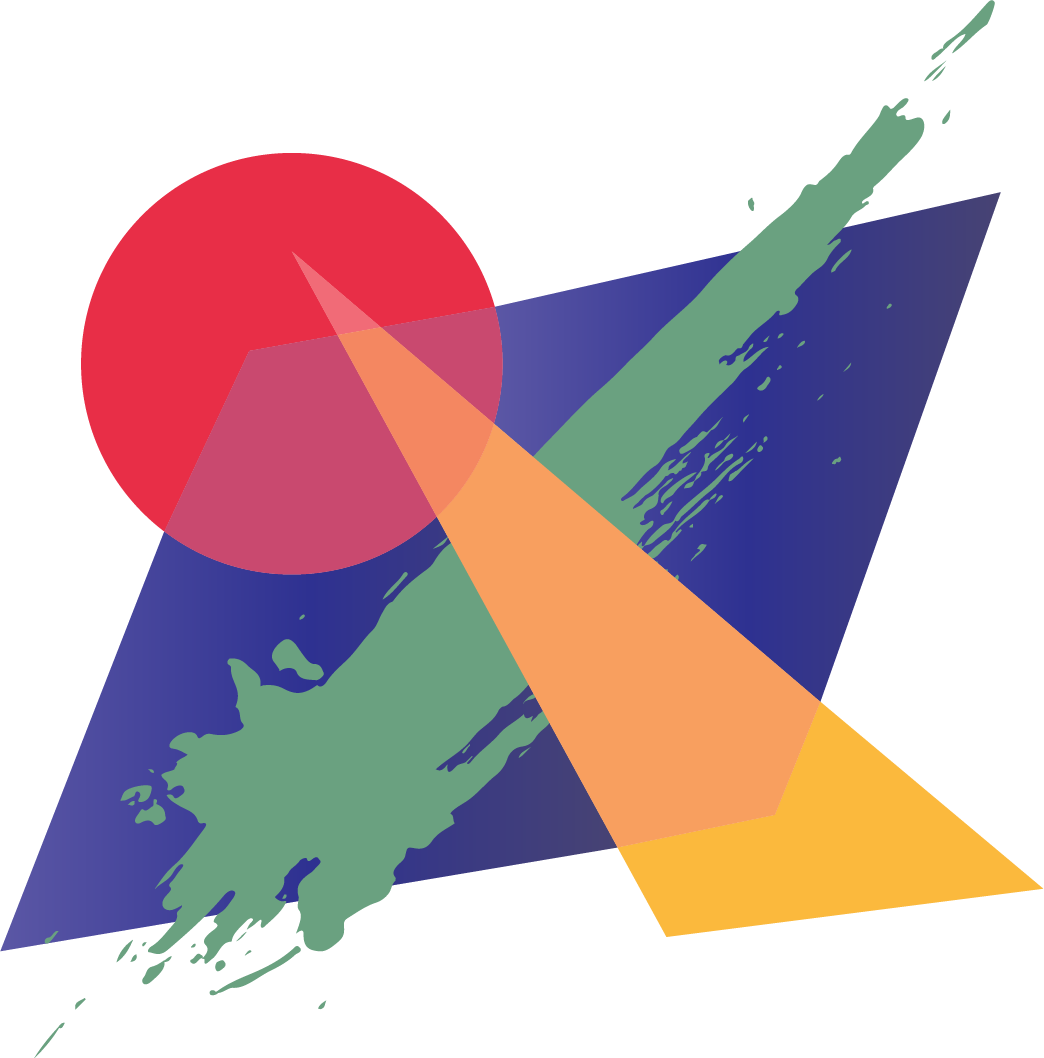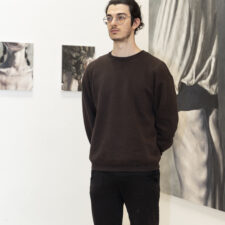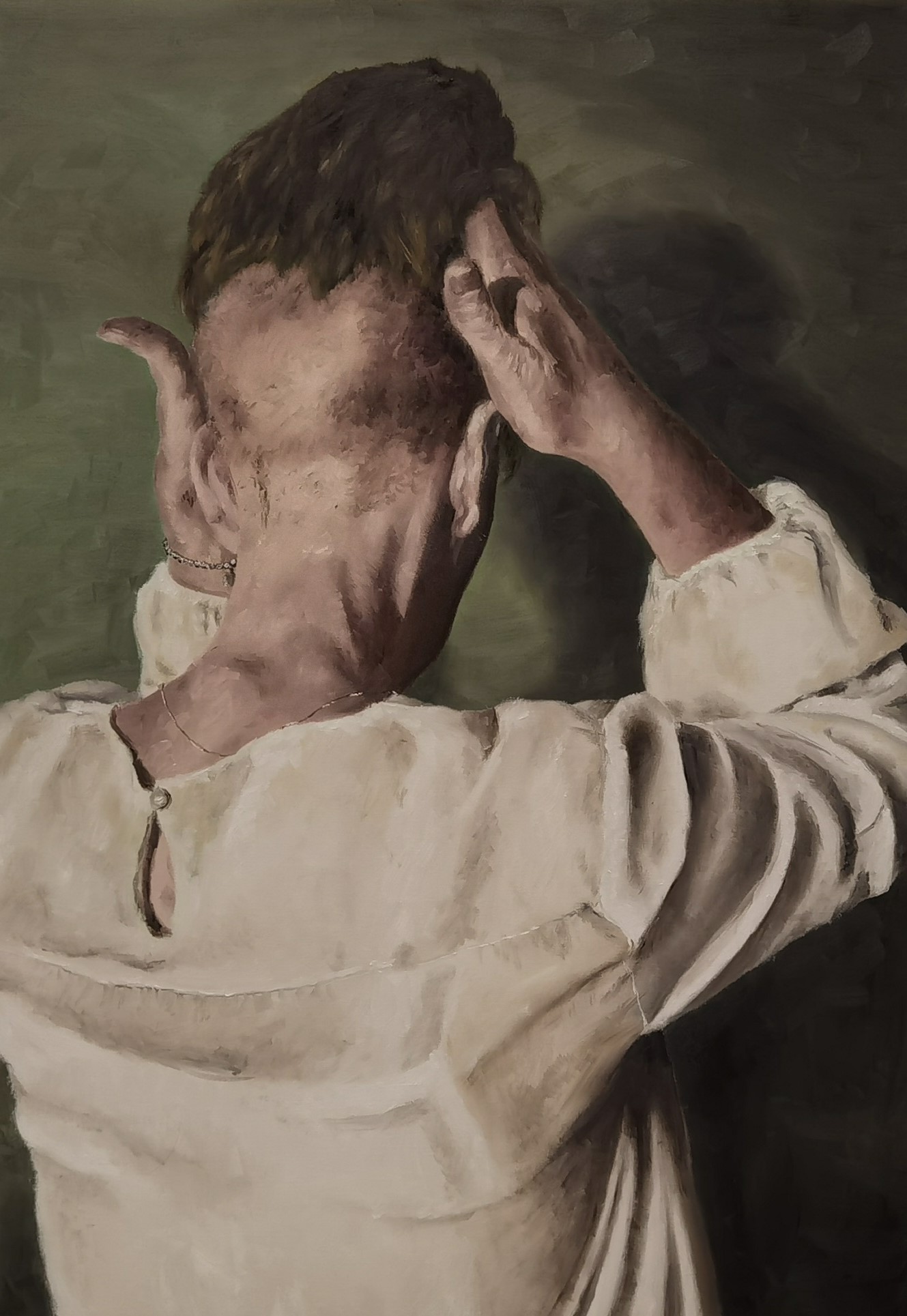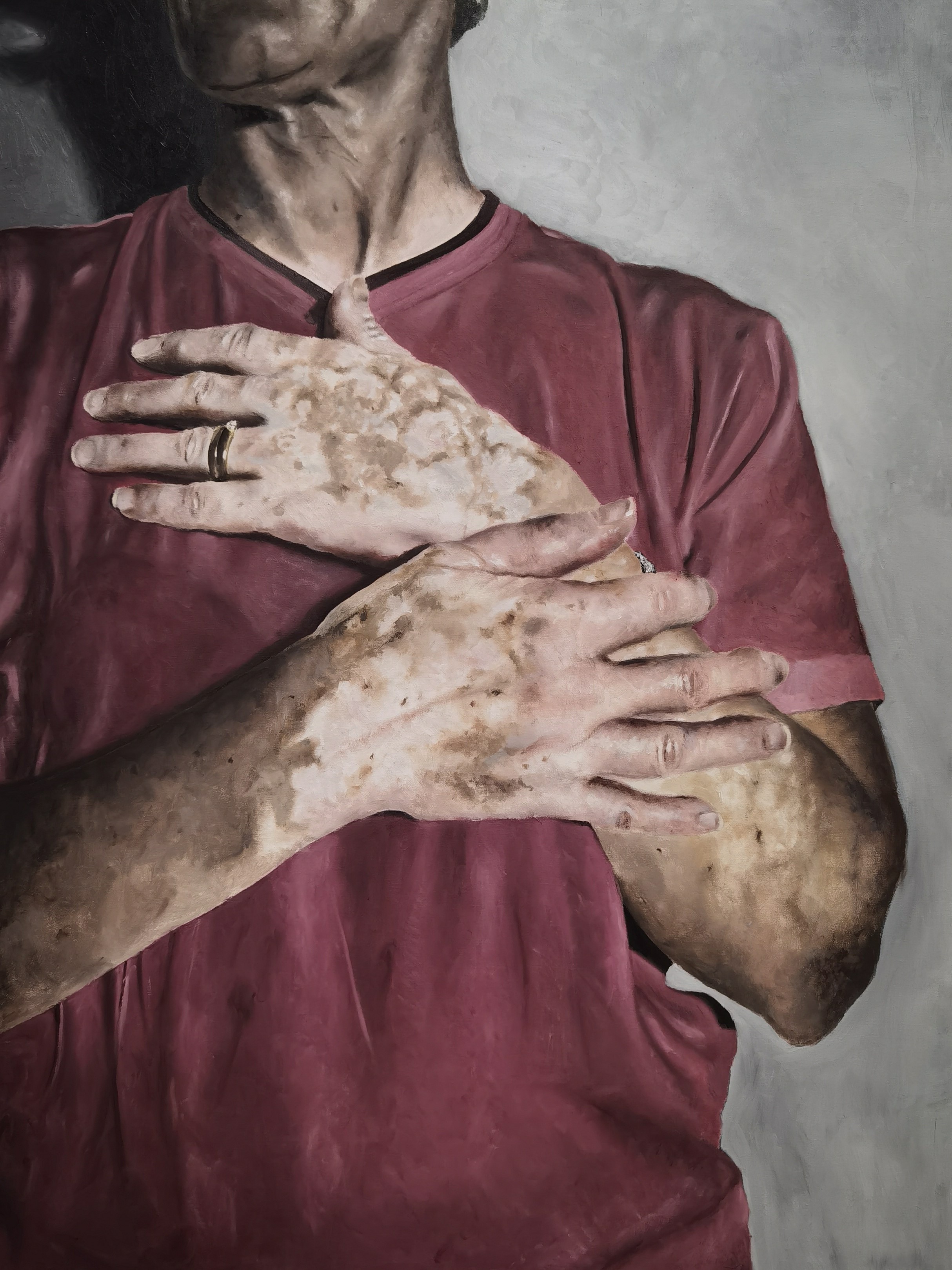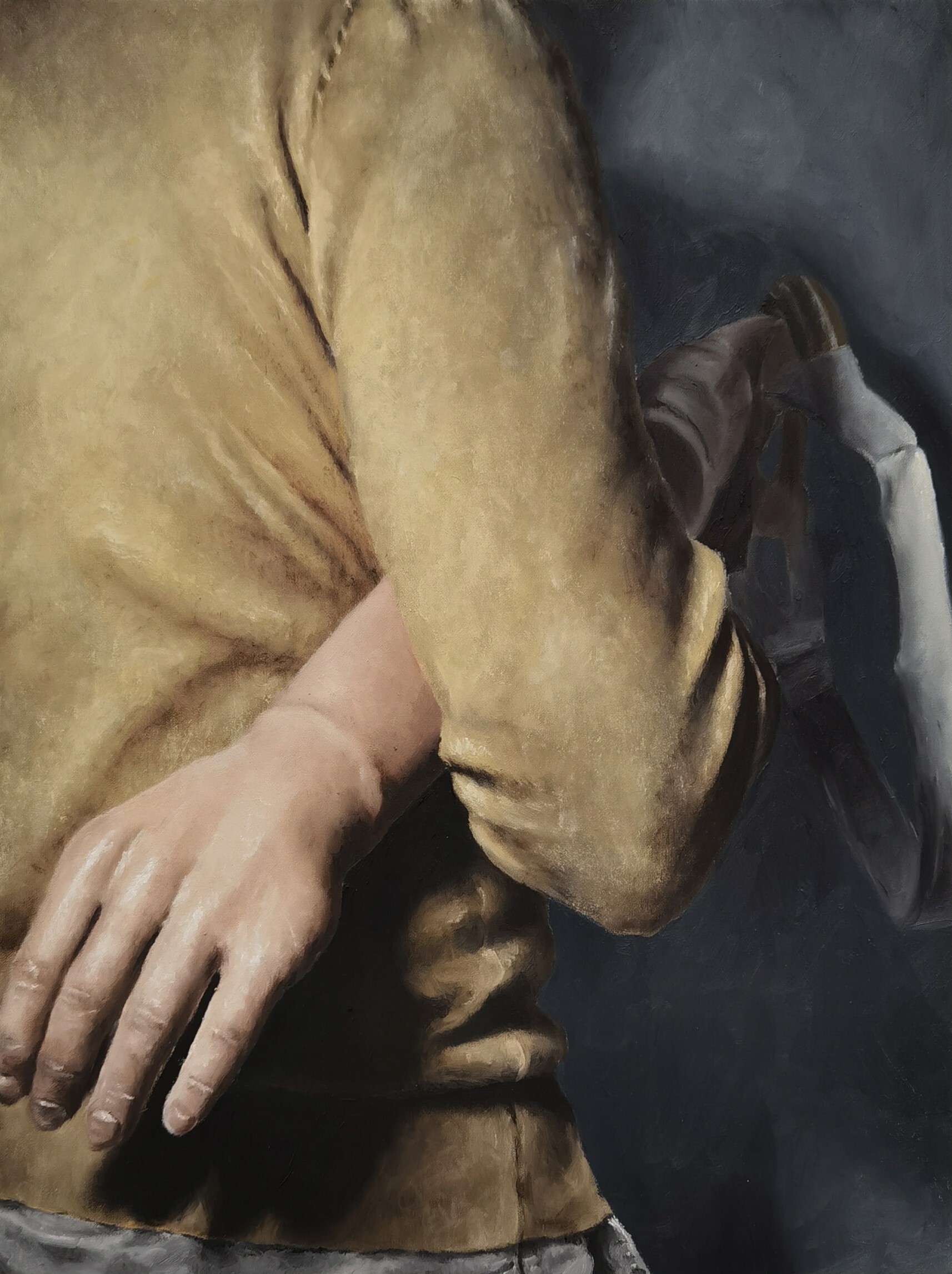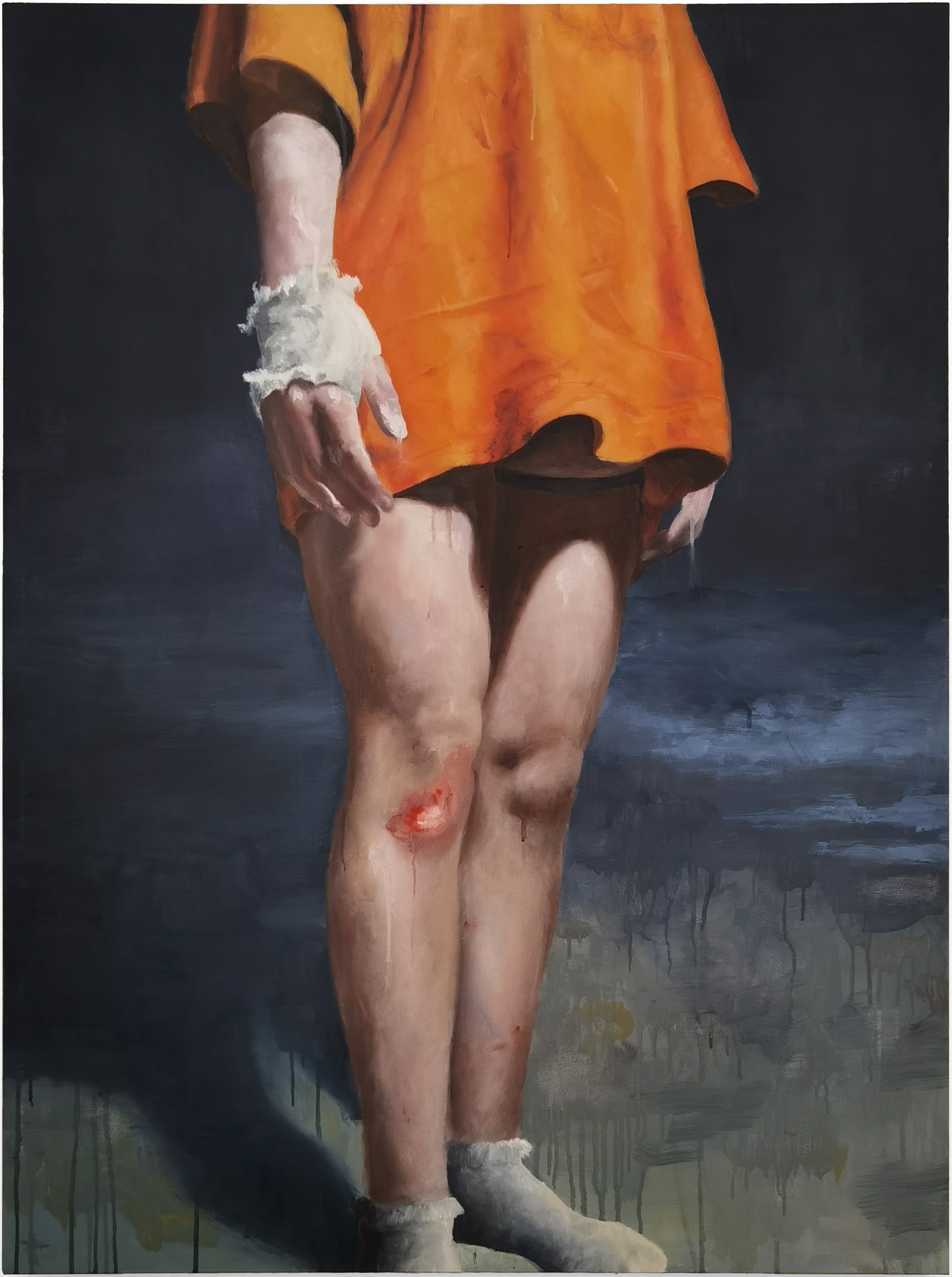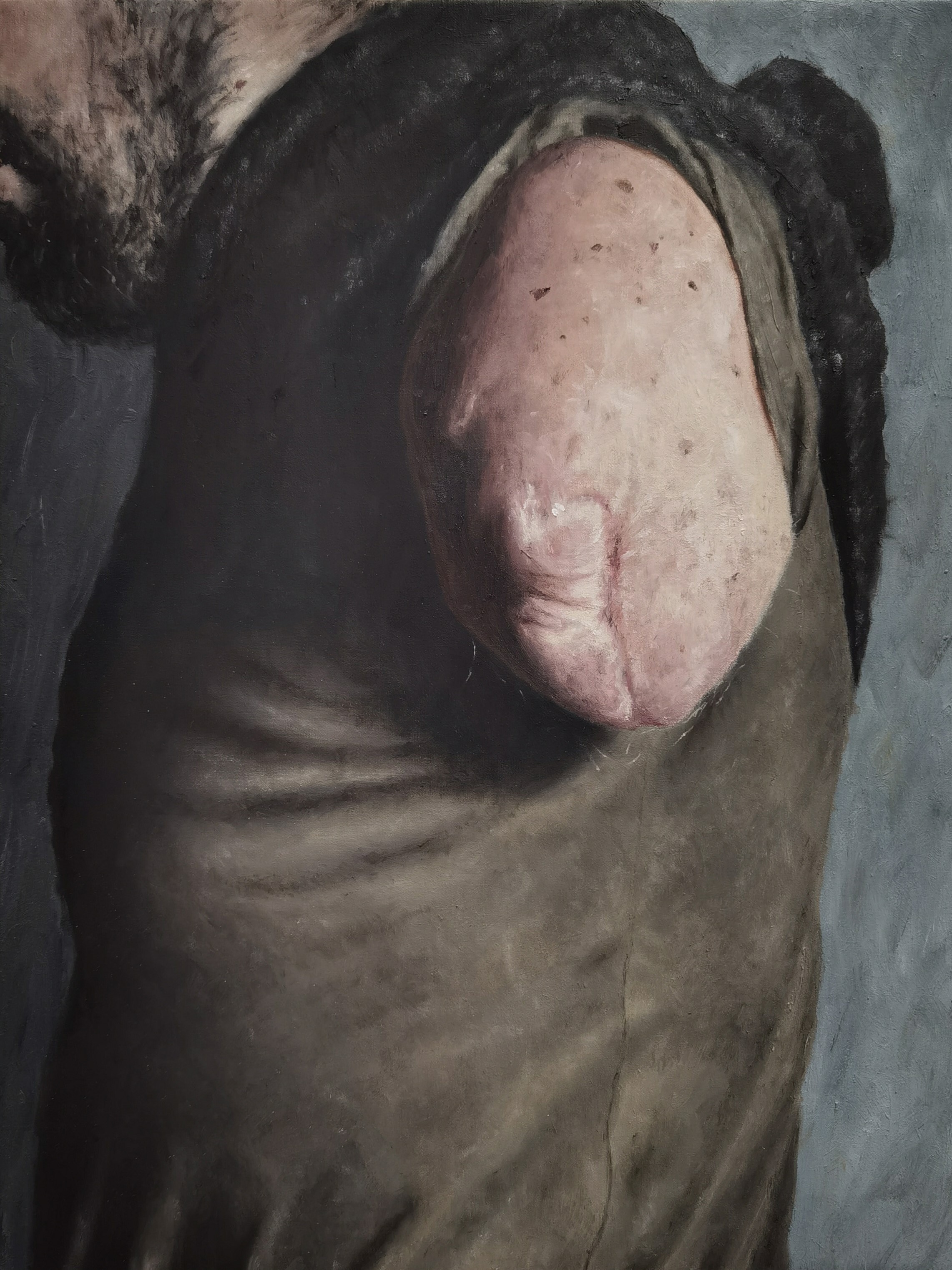Nicola Bindoni: “My creative process is closely connected to personal and family experiences and develops through the production of series, each of which tells short stories inspired by the physical and psychological experiences of the subjects portrayed.”
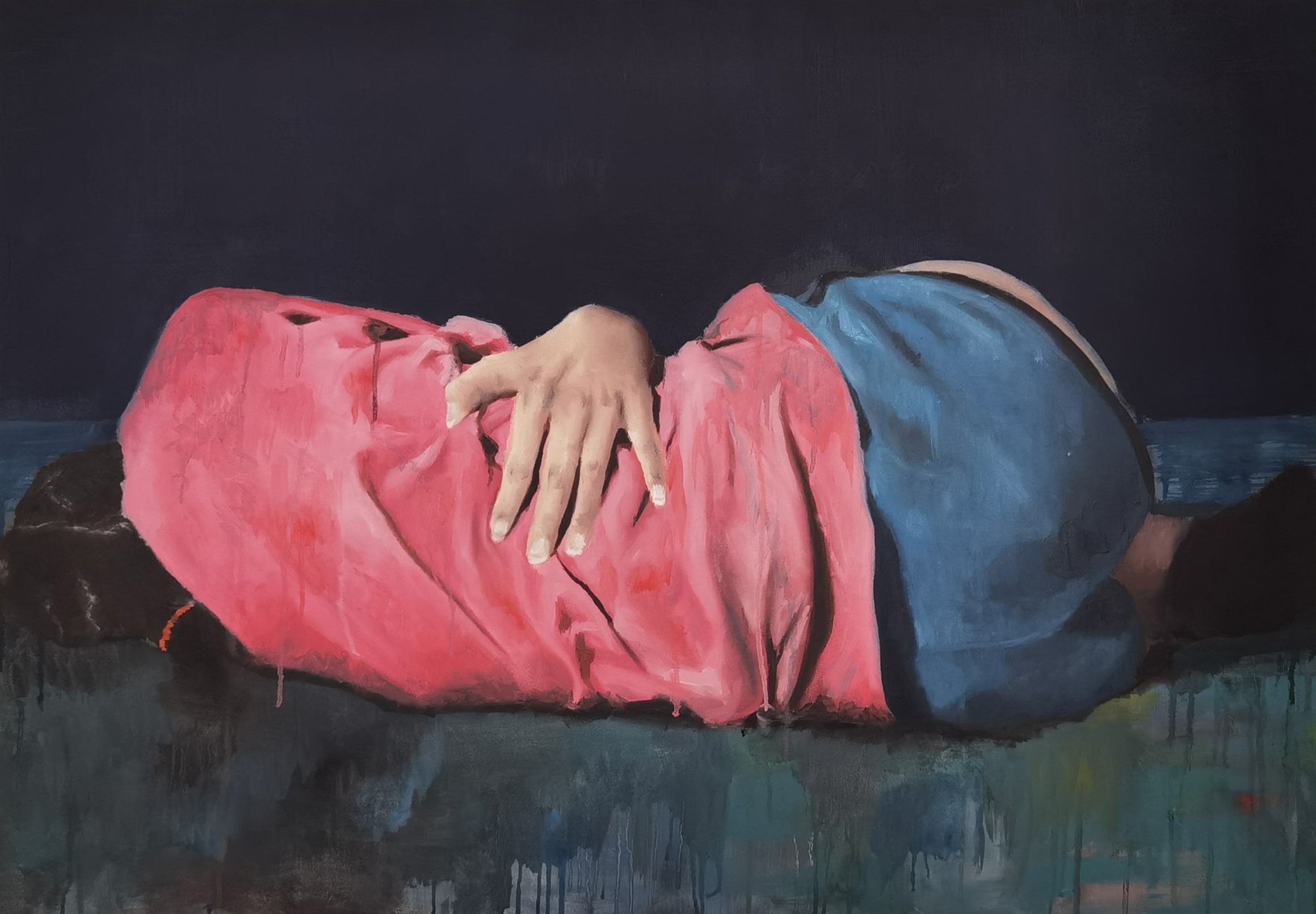
How and why did you start your artistic career?
I began my artistic career driven by a combination of innate passion and intellectual curiosity towards art as a means of expression. Since childhood, I’ve been fascinated by the narrative and emotional potential of images and visual language. This interest led me to explore various art forms, from drawing to painting, from photography to video.
A central element of my journey has been the desire to establish an authentic connection with others. Art, for me, represents a medium to investigate themes related to the human condition: individual experiences that unite or distinguish every person. The will to convey these reflections and to initiate a dialogue with the public has been one of the main motivations behind my choice.
My career took shape when I realized that art could represent not just a hobby but a true vocation. I understood that through it, I could contribute to a broader narrative and ongoing reflection on themes such as identity, culture, and society. In short, I pursued this artistic path to respond to a deep need for exploration and sharing of the inner and outer world, with the aim of combining personal expression with a search for deeper connection with others.
How did you discover your medium and why did you choose it?
During high school, while browsing social media, I accidentally came across the works of Steven Spazuk, a Canadian artist who uses a little-known technique: Fumage, which utilizes the soot produced by fire as pigment. Driven by the desire to explore unconventional materials and less controllable processes, I started experimenting with it myself, drawn by its unpredictability and its ability to generate spontaneous and almost ethereal forms.
Later, during my academic studies, I discovered oil painting, which is more suited to my current artistic needs. It allowed me to delve into the study of light and depth, essential elements in my current research. I consider the transition from Fumage to oil painting a natural evolution of my artistic journey: from the spontaneity and chaos of fire to the patient construction of form and color.
Can you talk about your creative process? How is your work born? How long you take? When do you know it’s over?
My creative process is closely connected to personal and family experiences and develops through the production of series, each of which tells short stories inspired by the physical and psychological experiences of the subjects portrayed. Intimate and veiled images, often linked to the family dimension, in which the viewer can identify, finding echoes in their own memories and personal experiences. Lighting is a central element in my work: it allows me to convey a sense of mystery and ambiguity, creating an undefined space and time around the portrayed subjects. The figures I paint appear solitary, silent, with their gaze denied or concealed. This choice is intentional: by depriving the subjects of a defined identity, I offer the viewer the opportunity to recognize themselves, even partially, in the stories I tell.
I started this journey about three years ago when my mother was diagnosed with breast cancer. Painting became a means for me to face and process the experience we were going through as a family. I began documenting my mother’s treatment journey, photographing her during surgeries and therapies, later transferring the images onto canvas. These works tell stories of pain and suffering, themes often avoided but inherently human and universal.
My work, initially rooted in the family context, later extended beyond the home, continuing to explore situations of human suffering and fragility experienced by other people. We could consider it an inner yet universal journey, aiming to bring to light experiences that are often hidden but can unite us all.The time required to complete a piece varies significantly: from the introductory phase of getting to know the subject to the photo shoots, and finally to the painting process. My approach could be described as “reflective” since each painting represents a deep exploration of the emotional and psychological states of the subjects. I cannot predict exactly how long it will take me to complete a piece.
I recognize a work as finished when I feel I have successfully evoked that sense of emotional and psychological suspension, which is the core of my research.
Who are your favorite artists? Which ones are you inspired by?

